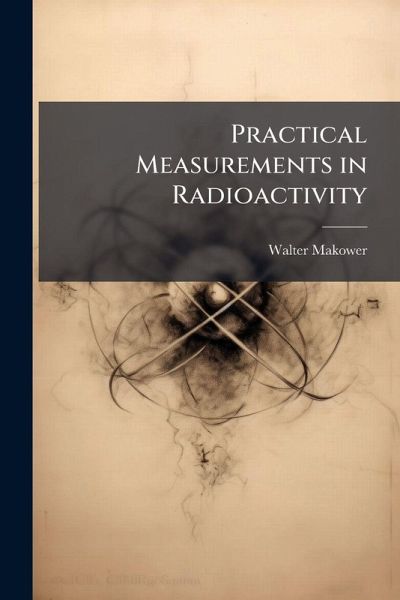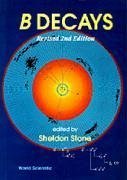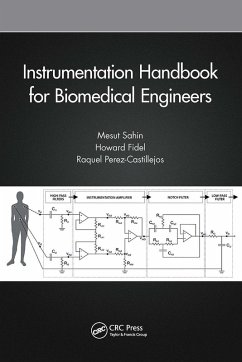
Practical Measurements in Radioactivity
Versandkostenfrei!
Versandfertig in über 4 Wochen
18,99 €
inkl. MwSt.
Weitere Ausgaben:

PAYBACK Punkte
9 °P sammeln!
Practical Measurements in Radioactivity, by Walter Makower, offers a detailed examination of the methods and techniques used to measure radioactivity in the early 20th century. This comprehensive guide provides practical insights into the instruments and procedures employed to quantify radioactive substances, making it an invaluable resource for students, researchers, and professionals in the field. The book covers a range of topics, including ionization methods, the use of electroscopes, and the determination of radioactive decay rates. Makower's work is characterized by its clear explanation...
Practical Measurements in Radioactivity, by Walter Makower, offers a detailed examination of the methods and techniques used to measure radioactivity in the early 20th century. This comprehensive guide provides practical insights into the instruments and procedures employed to quantify radioactive substances, making it an invaluable resource for students, researchers, and professionals in the field. The book covers a range of topics, including ionization methods, the use of electroscopes, and the determination of radioactive decay rates. Makower's work is characterized by its clear explanations and meticulous attention to detail, ensuring that readers gain a solid understanding of the principles underlying radioactivity measurements. While reflecting the scientific understanding of its time, this book remains a significant historical document, offering a glimpse into the pioneering efforts to understand and quantify the phenomenon of radioactivity. A crucial addition to any collection focusing on the history of science and technology. This work has been selected by scholars as being culturally important, and is part of the knowledge base of civilization as we know it. This work was reproduced from the original artifact, and remains as true to the original work as possible. Therefore, you will see the original copyright references, library stamps (as most of these works have been housed in our most important libraries around the world), and other notations in the work. This work is in the public domain in the United States of America, and possibly other nations. Within the United States, you may freely copy and distribute this work, as no entity (individual or corporate) has a copyright on the body of the work. As a reproduction of a historical artifact, this work may contain missing or blurred pages, poor pictures, errant marks, etc. Scholars believe, and we concur, that this work is important enough to be preserved, reproduced, and made generally available to the public. We appreciate your support of the preservation process, and thank you for being an important part of keeping this knowledge alive and relevant.












